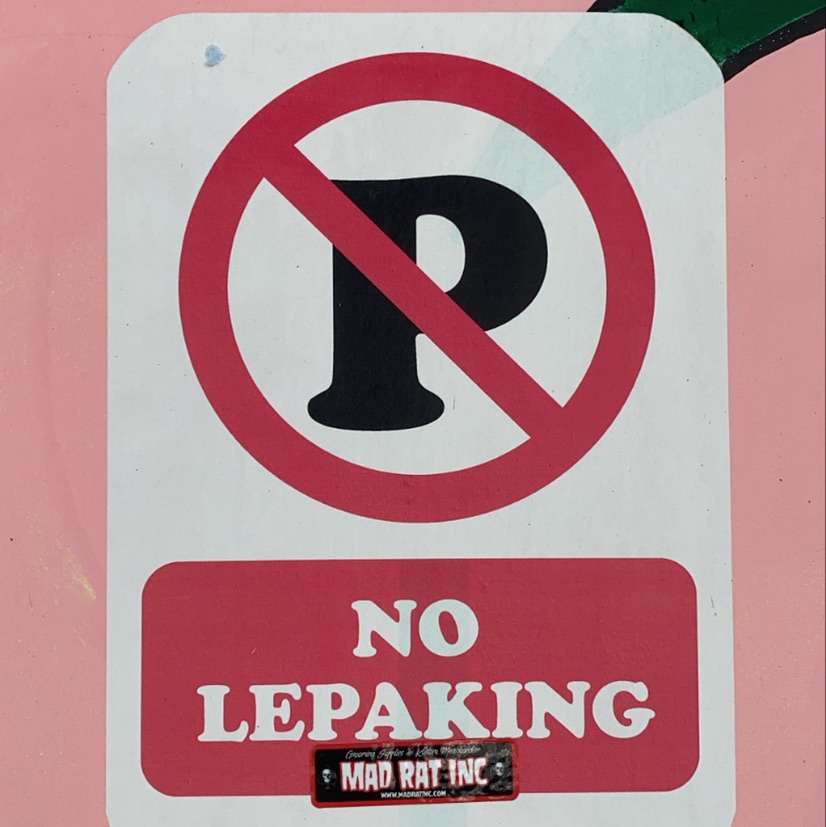
Ontariomario
No personal profile
11Follow
0Followers
0Topic
0Badge
Nice
Panasonic sells Tesla stake for $3.6 billion, may use cash for strategic investments
Please like
Bitcoin bounces back after tumbling below US$30,000 threshold
Nice
Sorry, the original content has been removed
Good morning
Tech leads way to Wall Street rebound as Powell promises steady hand
Nice
Deutsche Bank upgrades MGM to buy, citing Las Vegas strip comeback and improving margins
Please like
Sorry, the original content has been removed
Hello
Ford Or NIO? The Final Verdict
Hello
Nice
Square: The Bear Case
Yes
Ford Or NIO? The Final Verdict
Hi//@Ontariomario:Hi
Sorry, the original content has been removed
Hi
Sorry, the original content has been removed
Like pls
Doximity Is Already Profitable and Could Be One of the Hottest IPOs of 2021
Go to Tiger App to see more news